Thanh Hoa Citadel, a favorite destination in Thanh Hoa .
Passing through the vast fields of peaceful and prosperous villages, we arrived at the Ho Dynasty Citadel in Tay Do Commune. The southern gate is the first stop for visitors on the journey. This is the main gate and also the most prominent architectural item that is still preserved intact. Here, there are massive, giant blocks of green stone tightly fitted together without adhesives, forming a majestic and durable dome. The closer we get, the more clearly the beauty of the structure is revealed in each sturdy line, reminiscent of the golden age of the Ho Dynasty.
According to historical records, the Ho Dynasty Citadel was built in 1397 under the reign of Ho Quy Ly, and was once the capital of Dai Ngu. Although this dynasty only existed for 7 years, its architectural, political and reform imprints remain valuable in the flow of national history. In particular, the ancient technique of building large-scale stone citadels is still something that surprises and impresses modern researchers. Inside the citadel grounds is a large, green space, where many vestiges of architectural works such as the palace foundation, central axis, ancient well system are still preserved... Many items are no longer intact, but when walking through each area, combined with the tour guide's stories, visitors can easily visualize the scale and spatial organization of an ancient capital.
Visitors at the exhibition house.
Not far away is the Ho Dynasty Citadel Exhibition House, which houses hundreds of archaeological artifacts, documentary images, simulation models of the citadel structure and various types of bricks, ceramics, and household items found during excavations. The exhibition space is designed to be simple, friendly, and convenient for visitors to access information and visualize more specifically the life and activities in the ancient citadel.
One of the notable points is the Nam Giao Altar area, located about 2km from the main citadel. This used to be the place where the royal court held rituals to worship heaven, praying for national peace and prosperity. Restored on the old foundation, the altar helps visitors better understand the rituals and beliefs of the Ho Dynasty with many progressive reforms, especially in social management, education and military . Ms. Nguyen Thi Mai, a tourist from the capital Hanoi, shared, “At first, I wondered what the Ho Dynasty Citadel had to keep visitors for a day. However, I had a very interesting day here with heroic historical stories, sightseeing experiences, cuisine and no shortage of beautiful photos. In particular, the space around the citadel is very peaceful, helping us relax comfortably.”
That peace comes partly from the rhythm of life of the people in the "inner city" area. They still live and produce right next to the relic, creating a connection between the present and the past, between daily life and heritage values. This is a rare feature, bringing a sense of closeness to visitors. Most of the households living here are used to welcoming tourists, especially international groups coming to visit and survey. Therefore, with pride in the relic, they are willing to interact with tourists, tell old stories, give directions or simply invite each other to a cup of tea... In the citadel, there are booths displaying and introducing local specialties and OCOP products for visitors to enjoy and shop.
Booth displaying and introducing OCOP products, where visitors can experience shopping.
In recent years, the Ho Dynasty Citadel Heritage Conservation Center has regularly organized new activities and programs, bringing visitors many interesting experiences. In addition to outdoor exhibition areas, the center also organizes folk games and introduces unique local cuisine; organizes heritage education programs such as "Brilliant ancient capital", "Giving letters in early spring"... In particular, the center strongly applies digital transformation to increase experiences and bring heritage closer to the public such as using 3D explanation technology, integrating QR codes for automatic explanation, digitizing artifacts...
A day at Thanh Nha Ho will be more complete and interesting if visitors stay locally. Watching the sunset over the ancient stone walls, then going to the market to listen to the laughter of the villagers, the magical moments and sounds of life not only create beautiful photos but also memories that will last forever in the hearts of visitors.
Phan Van (Source Baothanhhoa)
Source: https://svhttdl.thanhhoa.gov.vn/du-lich/mot-ngay-tai-thanh-nha-ho-1009884


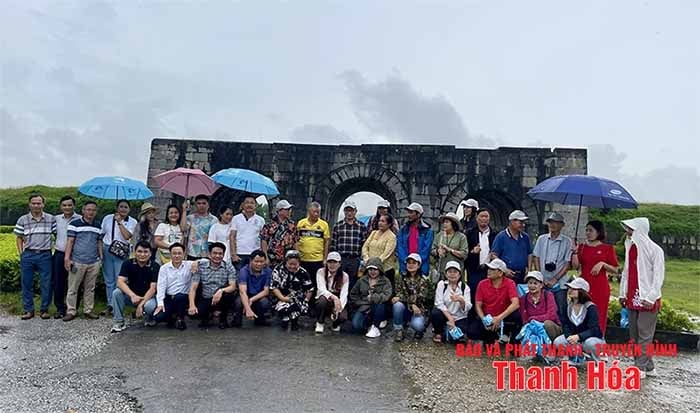
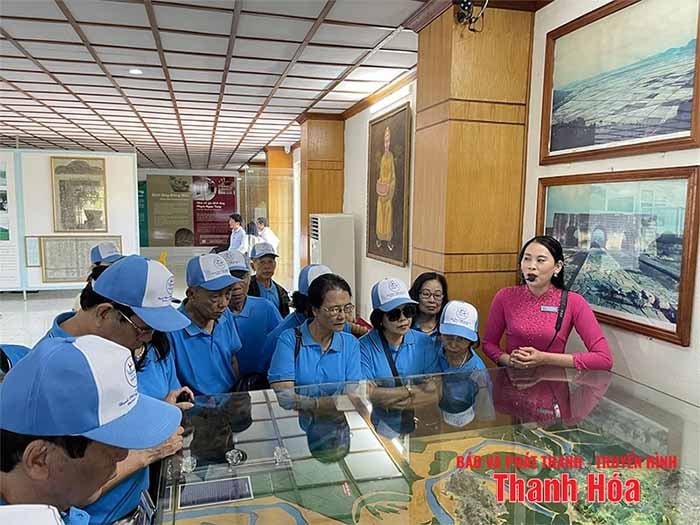
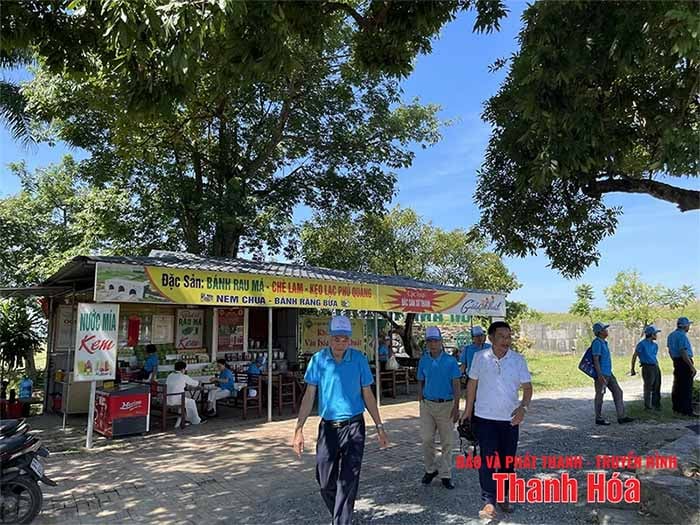


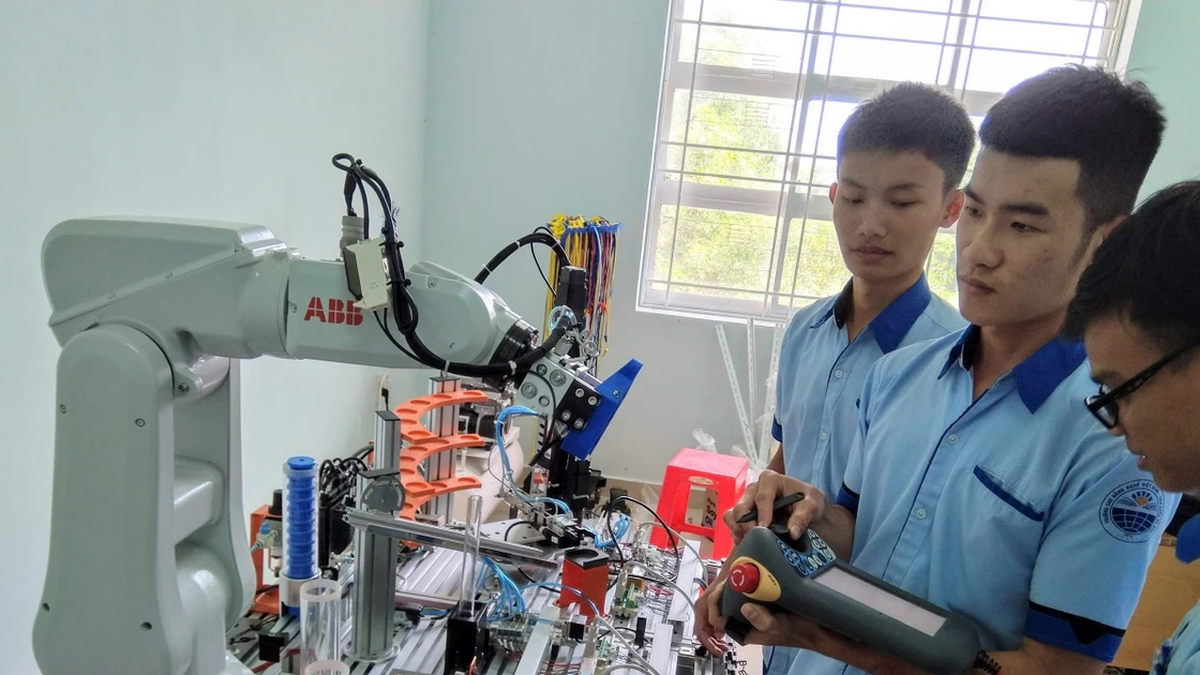
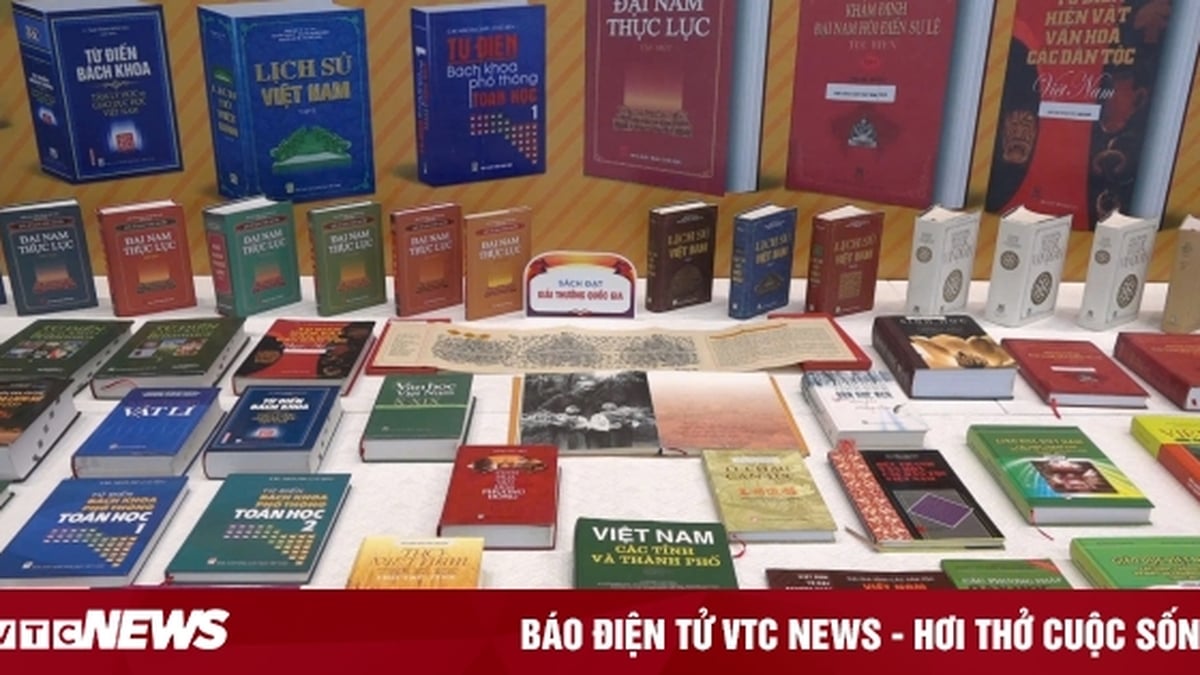


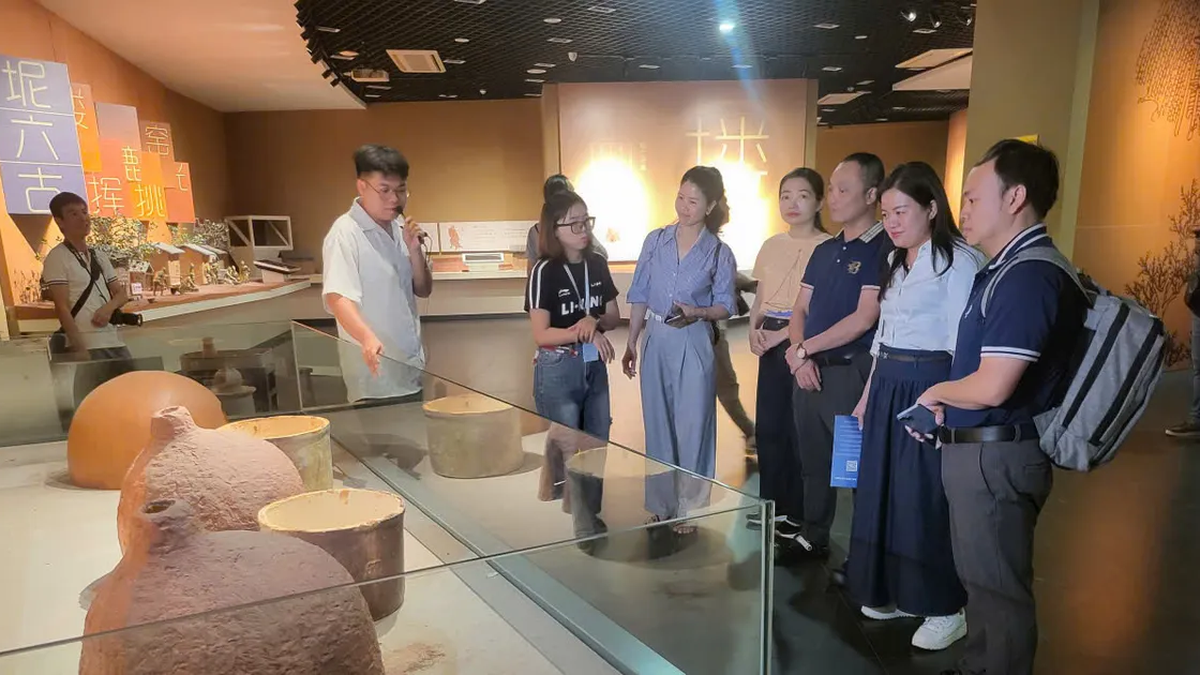

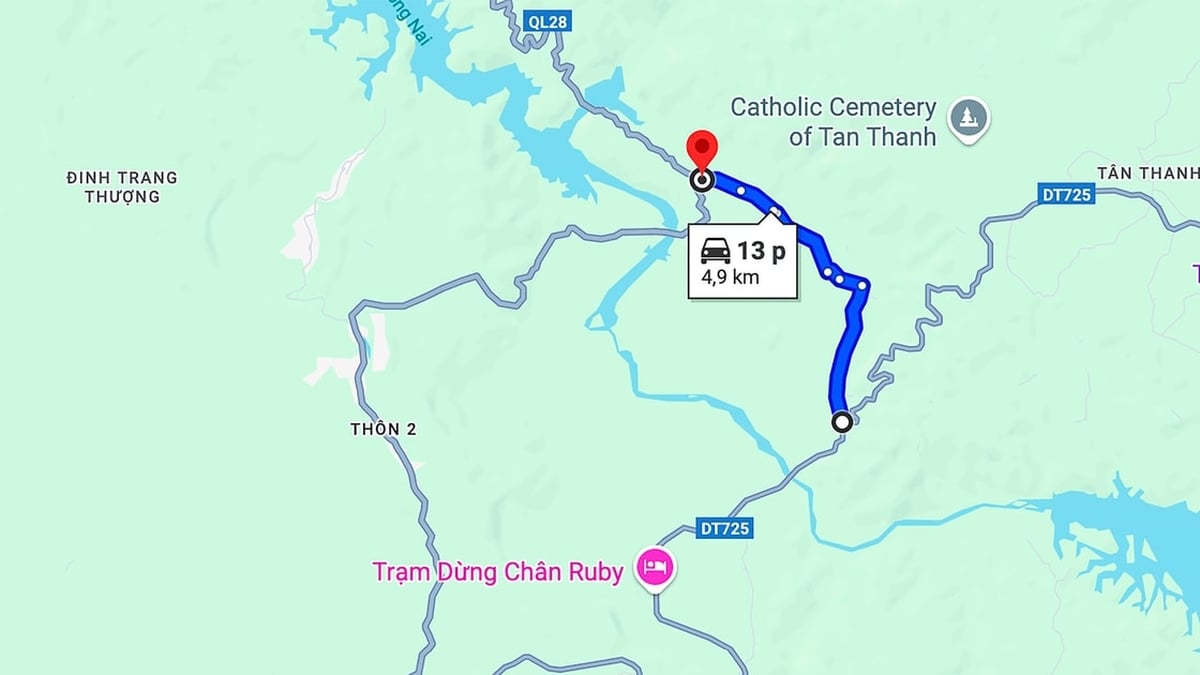













![[Photo] Discover the "wonder" under the sea of Gia Lai](https://vphoto.vietnam.vn/thumb/1200x675/vietnam/resource/IMAGE/2025/8/6/befd4a58bb1245419e86ebe353525f97)


![[Photo] Nghe An: Provincial Road 543D seriously eroded due to floods](https://vphoto.vietnam.vn/thumb/1200x675/vietnam/resource/IMAGE/2025/8/5/5759d3837c26428799f6d929fa274493)



























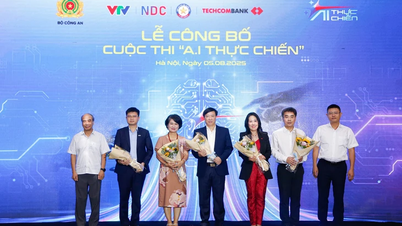







































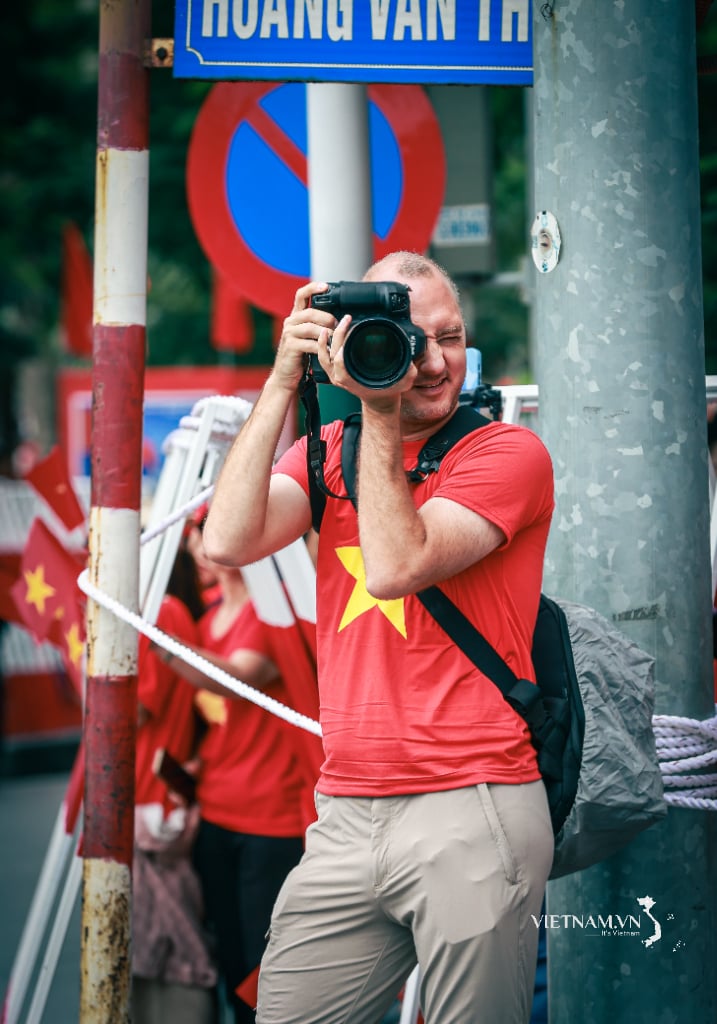
Comment (0)